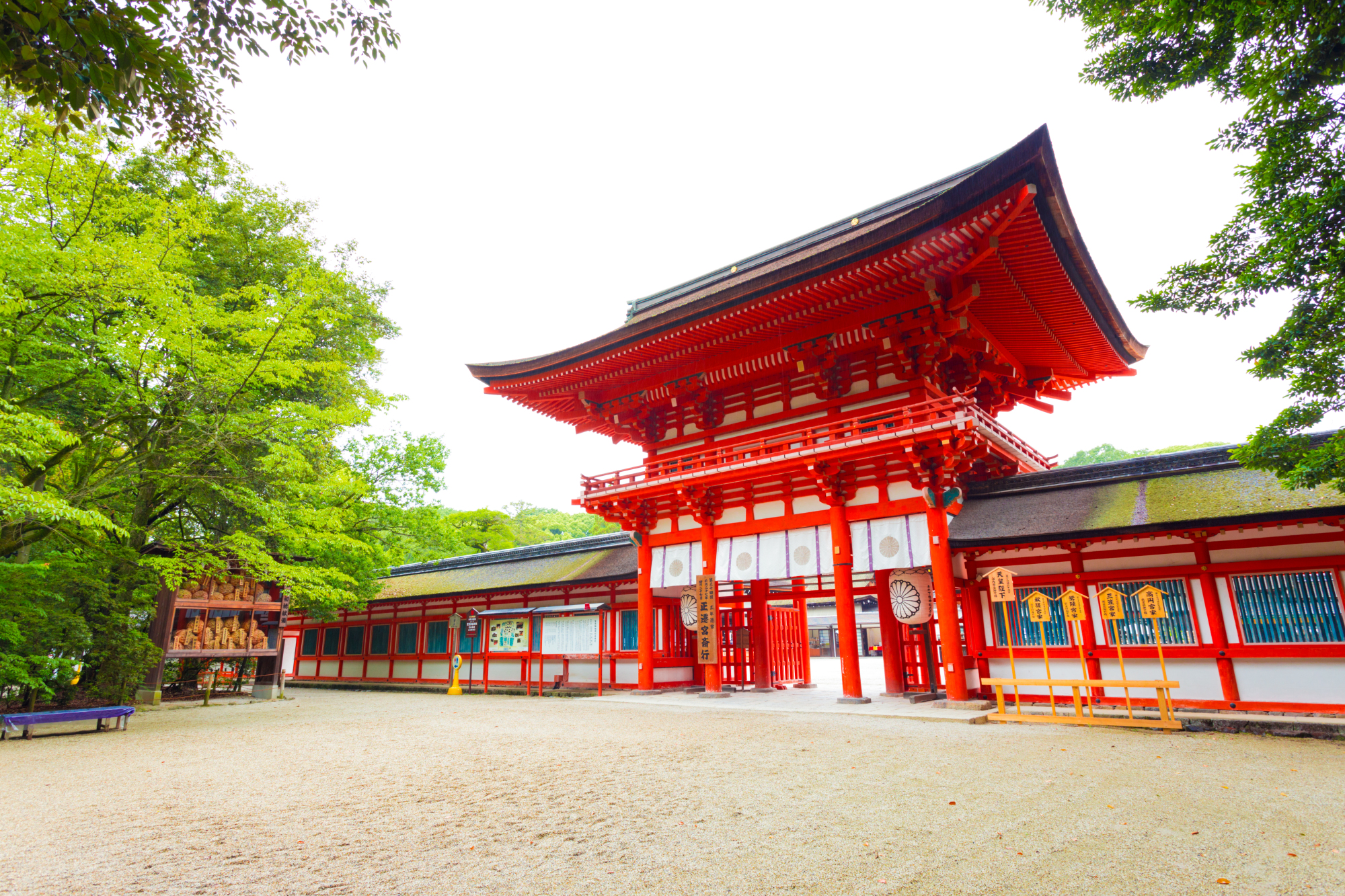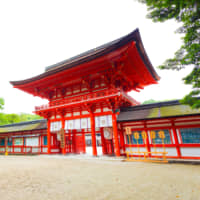The Kansai region, not only renowned as home to Japan's ancient capital, but still considered a major economic and cultural center today, boasts many cultural assets.
Among all of UNESCO's World Heritage sites in Japan, Himeji Castle in Hyogo Prefecture was one of the first to be registered. The daitenshu (main tower) of this stately white castle was built more than four centuries ago. The surrounding gardens are perfect for a scenic walk. In particular, Koko-en, a series of traditional gardens constructed on the former premises of high-ranking samurai residences, provides magnificent views.
Bunraku is a performing art that consists of narration, shamisen music and puppetry. The origins of bunraku date back to around 1600 and it is still performed in some theaters across the country, notably at the National Bunraku Theatre in Osaka. While the performances themselves are considered a "must-see," the artistry of the puppets' costumes and props is equally commanding.
Shimogamo Shrine and its surrounding Tadasu Forest offer a quiet and refreshing atmosphere despite their proximity to Kyoto's vibrant downtown district. The shrine, which dates back around 2,000 years, is a designated UNESCO World Heritage site. At the end of July, the shrine hosts Mitarashi Matsuri, a ritual to wish participants good health as they walk barefoot in Mitarashi Pond.
Known as "the temple of flowers" because of its seasonal blooms throughout the year, Hasedera Temple in Nara boasts mesmerizing scenery. From mid-June, hydrangeas start to bloom in gradations of pale blue to dark pink all around the temple precinct.
URL: osaka-info.jp/en/




















With your current subscription plan you can comment on stories. However, before writing your first comment, please create a display name in the Profile section of your subscriber account page.